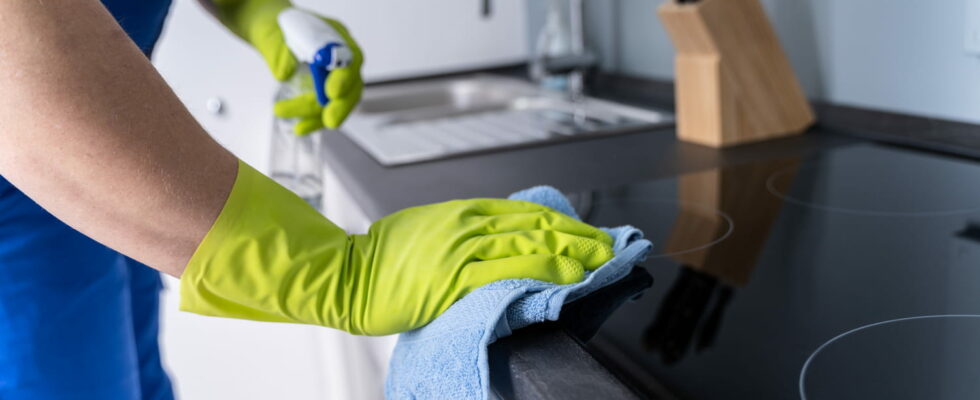The kitchen is one of the dirty rooms in the house. And yet, many forget to clean this precise place, one of the dirty of the house.
If there is one room in the house that gets dirty quickly, it’s the kitchen. It is constantly exposed to humidity, food and splashing. Between crumbs, manipulation of raw foods, splashes during cooking and often affected areas, it quickly becomes a terrain conducive to the development of bacteria. Without regular cleaning, these can contaminate food and promote food poisoning.
In addition, fat and dirt accumulate, attracting harmful and bad odors. Cleaning your kitchen daily guarantees optimal hygiene, preserves health and prolongs the lifespan of equipment. Do you think you are cleaning your kitchen enough? Not sure ! A blow on the cooking plates after each use, the sink and the worktop at least once not week, the oven and the fridge once a month … But have you not forgotten this crucial element, When we touch it several times a day?

Think about it: Each time you cook, you touch the switch with potentially dirty or oily hands. You also touch it when you come home from work or an outing with your dirty hands. Whether after handling raw meat, cut vegetables or simply before washing your hands, this everyday object accumulates an impressive amount of germs, dirt and food residues.
A study has shown that switches were one of the most contaminated areas in a house, just like door handles or remote controls. However, how many times do you clean them? Once a week? Per month? Never ? We will have to take a new habit and add to the weekly cleaning of the kitchen the switches.
The good news is that it only takes a few seconds to give your switch all its cleanliness. You will just have to use products that will both wash and disinfect. Each week, spray a hot and white vinegar mixture, on a microfiber cloth. You can also soak your household alcohol cloth, which is effective in degreasing, disinfecting, but also removing the yellow traces.
Rub with the cloth over the entire surface of the switch, insisting on the contours and the grooves where the dirt accumulates. You can help yourself with a cotton swab for corners. Dry with a clean cloth if necessary to avoid residual humidity. In less than a minute, your switch is clean and rid of bacteria.
Be careful, however, to take some precautions before cleaning your switch. It is advisable to put the circuit breaker of your accommodation off. Never spray the product directly on the switch, and simply moisten the cloth, it should never be full of product or water.
